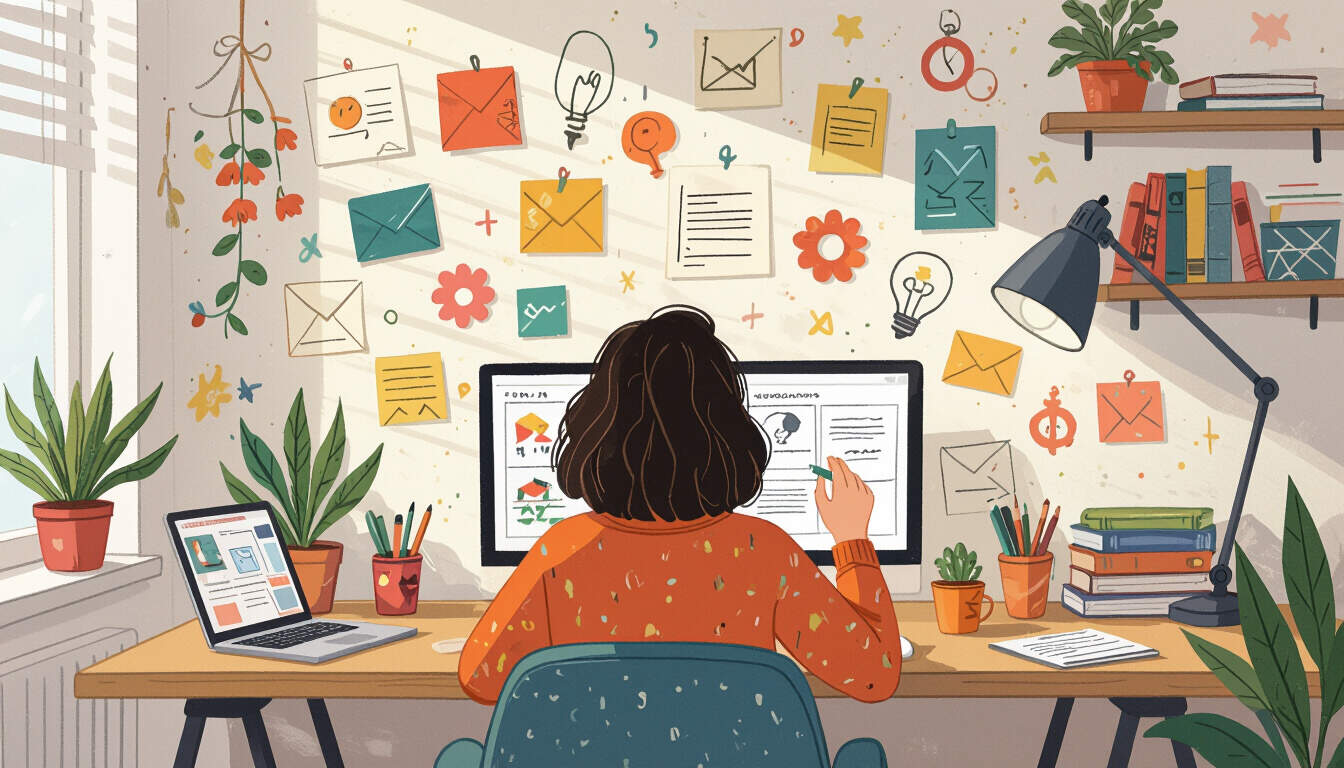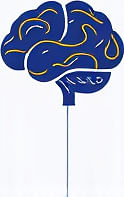Adapting Learning Styles with ADHD in Remote Work
 by Lilian Nienow
by Lilian Nienow
Explore how ADHD shapes learning styles and offers opportunities for productivity in remote settings. This article provides practical strategies to enhance focus, balance work demands, and foster a supportive environment for neurodivergent adults.

Remote work can present unique opportunities for adults with ADHD, allowing flexibility in how they approach tasks and learning. Many find that traditional office structures do not align well with their natural rhythms, making remote environments a potential ally for better productivity.
In the context of learning styles, individuals with ADHD often thrive on methods that incorporate movement, visual aids, or short bursts of activity. This approach can help maintain engagement during work hours, especially when dealing with complex projects or virtual meetings. For instance, incorporating breaks for physical activity might reduce overwhelm and improve retention of information.
One effective way to structure your day is by creating a personalized routine. Start with identifying peak energy periods—times when concentration comes more easily—and align demanding tasks accordingly. This method supports overall well-being by preventing burnout and promoting sustainable habits.
Consider using tools that cater to varied learning preferences. Audio recordings of notes or mind maps can transform abstract concepts into tangible forms, aiding in comprehension without the need for prolonged sitting. Such adaptations are particularly helpful in remote setups, where distractions are common.
Challenges and Solutions
Adults with ADHD may encounter difficulties with sustained attention in remote work. For example, the lack of direct supervision can lead to procrastination or scattered focus. To counter this, implement simple strategies like the Pomodoro technique, working for set intervals followed by short rests. This builds momentum and allows for mental recharge.
Another aspect involves communication styles. Remote work often relies on written exchanges, which might challenge those who process information verbally. Experimenting with voice-to-text software or collaborative platforms can bridge this gap, making interactions more intuitive and less stressful.
Building a supportive workspace is essential. Arrange your area to minimize sensory overload—soft lighting and noise-cancelling headphones can make a difference. These adjustments not only enhance learning but also contribute to a healthier work-life dynamic.
Practical Hacks for Daily Routines
Here are some actionable tips to integrate into your routine:
- Set clear, achievable goals each morning to provide direction and reduce anxiety.
- Use color-coded systems for organizing digital files, which can aid visual learners in quickly locating resources.
- Incorporate regular movement, such as walking during calls, to maintain energy levels.
These hacks emphasize self-compassion, recognizing that progress varies day by day. For those with ADHD, blending work with enjoyable elements, like listening to preferred music during tasks, can sustain motivation without overwhelming the senses.
Fostering Work-Life Balance
Maintaining balance requires intentional boundaries. Designate specific end times for work to prevent it from spilling into personal time, which is crucial for mental health. Engage in hobbies or relaxation techniques in the evenings to replenish energy.
Peer support networks can also play a role. Connecting with others who share similar experiences offers encouragement and shared insights, fostering a sense of community in isolation-prone remote settings.
In summary, embracing your learning styles with ADHD in remote work involves experimentation and patience. By applying these strategies, you can create an environment that supports productivity and well-being, leading to more fulfilling professional experiences.
Remember, everyone’s path is unique, and small changes can lead to significant improvements. Prioritizing your needs paves the way for sustainable success and a balanced life.
